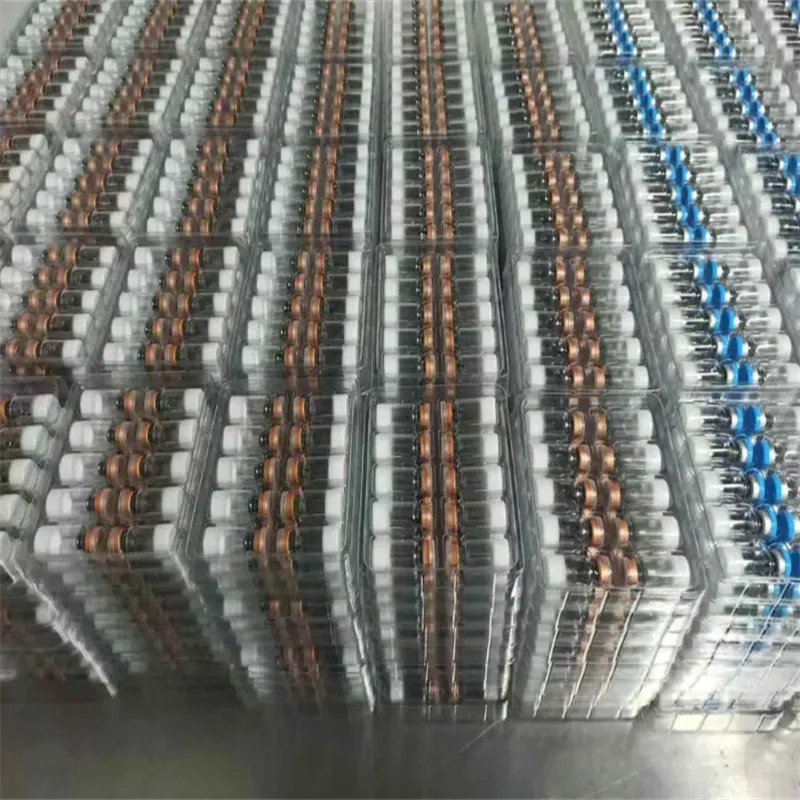 Email: sale@hebeidisha.com
Email: sale@hebeidisha.com
 Tel: +86 13315186550
Tel: +86 13315186550
- Afrikaans
- Albanian
- Amharic
- Arabic
- Armenian
- Azerbaijani
- Basque
- Belarusian
- Bengali
- Bosnian
- Bulgarian
- Catalan
- Cebuano
- China
- China (Taiwan)
- Corsican
- Croatian
- Czech
- Danish
- Dutch
- English
- Esperanto
- Estonian
- Finnish
- French
- Frisian
- Galician
- Georgian
- German
- Greek
- Gujarati
- Haitian Creole
- hausa
- hawaiian
- Hebrew
- Hindi
- Miao
- Hungarian
- Icelandic
- igbo
- Indonesian
- irish
- Italian
- Japanese
- Javanese
- Kannada
- kazakh
- Khmer
- Rwandese
- Korean
- Kurdish
- Kyrgyz
- Lao
- Latin
- Latvian
- Lithuanian
- Luxembourgish
- Macedonian
- Malgashi
- Malay
- Malayalam
- Maltese
- Maori
- Marathi
- Mongolian
- Myanmar
- Nepali
- Norwegian
- Norwegian
- Occitan
- Pashto
- Persian
- Polish
- Portuguese
- Punjabi
- Romanian
- Russian
- Samoan
- Scottish Gaelic
- Serbian
- Sesotho
- Shona
- Sindhi
- Sinhala
- Slovak
- Slovenian
- Somali
- Spanish
- Sundanese
- Swahili
- Swedish
- Tagalog
- Tajik
- Tamil
- Tatar
- Telugu
- Thai
- Turkish
- Turkmen
- Ukrainian
- Urdu
- Uighur
- Uzbek
- Vietnamese
- Welsh
- Bantu
- Yiddish
- Yoruba
- Zulu
Nov . 27, 2024 17:46 Back to list
Exploring the Benefits of Propylene Glycol and Lactic Acid in Modern Applications
The Significance of Propylene Glycol and Lactic Acid A Comprehensive Overview
In recent years, the intersection of chemical compounds in the field of industrial chemistry has sparked significant interest, especially regarding compounds like propylene glycol and lactic acid. These two substances play crucial roles in various industries, from pharmaceuticals and cosmetics to food production and biodegradable plastics. Understanding their properties, applications, and the synergy between them can provide insights into their potential benefits and future developments.
What is Propylene Glycol?
Propylene glycol, a colorless and odorless synthetic liquid, is commonly used as a food additive, humectant, and solvent. Its chemical formula is C3H8O2, and it is hygroscopic, meaning it attracts and retains moisture. This property makes propylene glycol particularly valuable in the cosmetic industry, where it serves as a moisturizer in skin and hair products. Moreover, it is generally recognized as safe (GRAS) by the FDA, further solidifying its place in food and pharmaceutical applications.
In the food industry, propylene glycol is used as an emulsifier, helping to stabilize and blend ingredients. It can be found in salad dressings, beverages, and pharmaceuticals, where it helps to improve texture and enhance flavor. Additionally, its role as a solvent enables the effective delivery of flavors and colors, thereby enhancing overall product quality.
The Role of Lactic Acid
Lactic acid, on the other hand, is an organic acid that occurs naturally in various fermented foods. With the chemical formula C3H6O3, it is produced through the fermentation of carbohydrates, particularly by bacteria such as Lactobacillus. Lactic acid has diverse applications; it is commonly found in the food industry as a preservative and flavoring agent, enhancing the taste of dairy products, pickles, and baked goods.
propylene glycol lactic acid

In cosmetics, lactic acid serves as an alpha hydroxy acid (AHA) utilized for its exfoliating properties. It helps remove dead skin cells, promotes cell turnover, and hydrates the skin, making it a sought-after component in anti-aging and moisturizing products. Moreover, lactic acid is a biocompatible agent, making it suitable for pharmaceutical preparations as well.
The Synergy Between Propylene Glycol and Lactic Acid
Combining propylene glycol and lactic acid brings forward a range of synergistic effects that can significantly benefit various formulations. Propylene glycol can enhance the solubility of lactic acid, allowing for a more effective integration into products. This integration is particularly beneficial in creating cosmetic formulations that require both moisturizing and exfoliating properties, resulting in products that not only hydrate the skin but also promote a smoother texture.
In the realm of biodegradable plastics, the combination of propylene glycol and lactic acid is particularly noteworthy. Lactic acid can be polymerized into polylactic acid (PLA), a sustainable alternative to petroleum-based plastics. When enhanced with propylene glycol, the flexibility and durability of PLA can be significantly improved, making it suitable for a broader range of applications.
Future Perspectives
As the demand for sustainable and safe products continues to rise, the significance of compounds like propylene glycol and lactic acid will only grow. Their applications in biodegradable materials, coupled with their safety profiles in food and cosmetics, present ample opportunities for innovation. Research and development focused on optimizing their benefits and exploring new applications will likely pave the way for advancements in both environmental sustainability and health.
In conclusion, the importance of propylene glycol and lactic acid extends beyond their individual capabilities; their combined use holds the potential for creating products that are not only effective but also environmentally friendly. As industries continue to shift towards greener practices, understanding and harnessing these compounds will be essential in shaping the future of consumer products.
Latest news
-
Certifications for Vegetarian and Xanthan Gum Vegetarian
NewsJun.17,2025
-
Sustainability Trends Reshaping the SLES N70 Market
NewsJun.17,2025
-
Propylene Glycol Use in Vaccines: Balancing Function and Perception
NewsJun.17,2025
-
Petroleum Jelly in Skincare: Balancing Benefits and Backlash
NewsJun.17,2025
-
Energy Price Volatility and Ripple Effect on Caprolactam Markets
NewsJun.17,2025
-
Spectroscopic Techniques for Adipic Acid Molecular Weight
NewsJun.17,2025